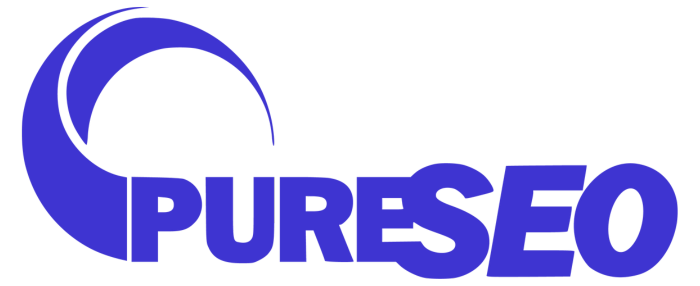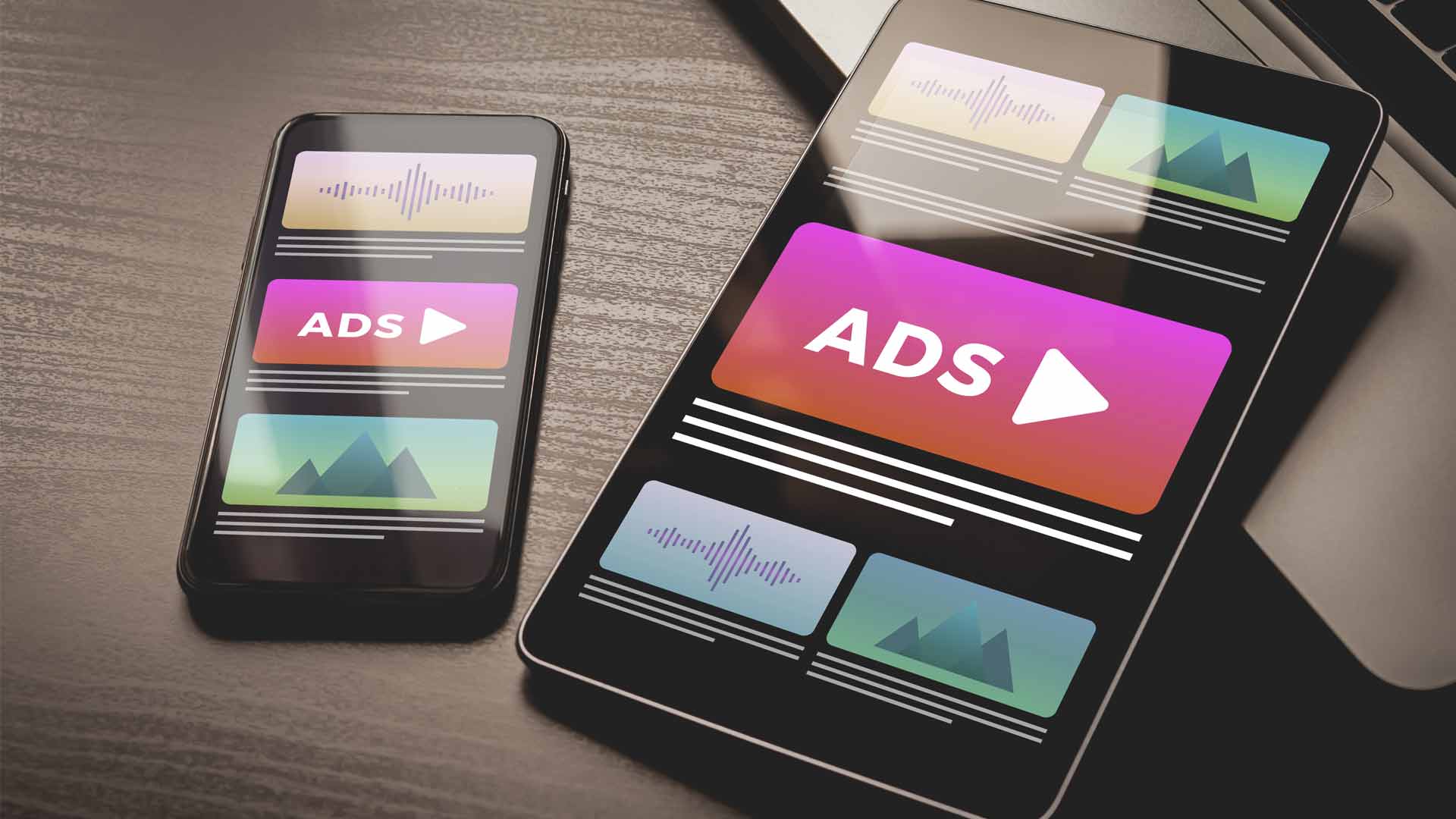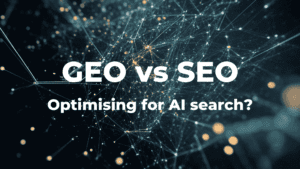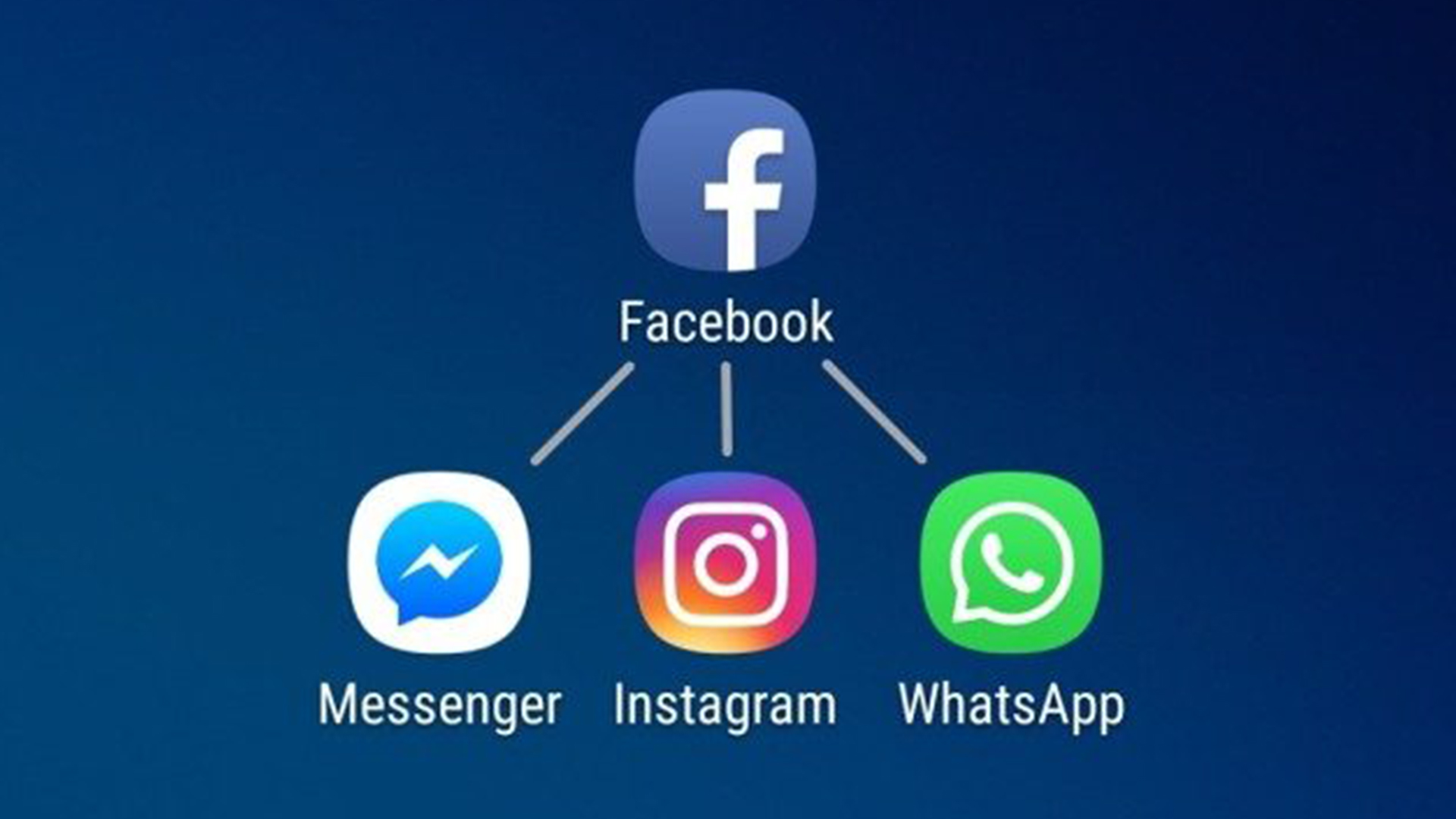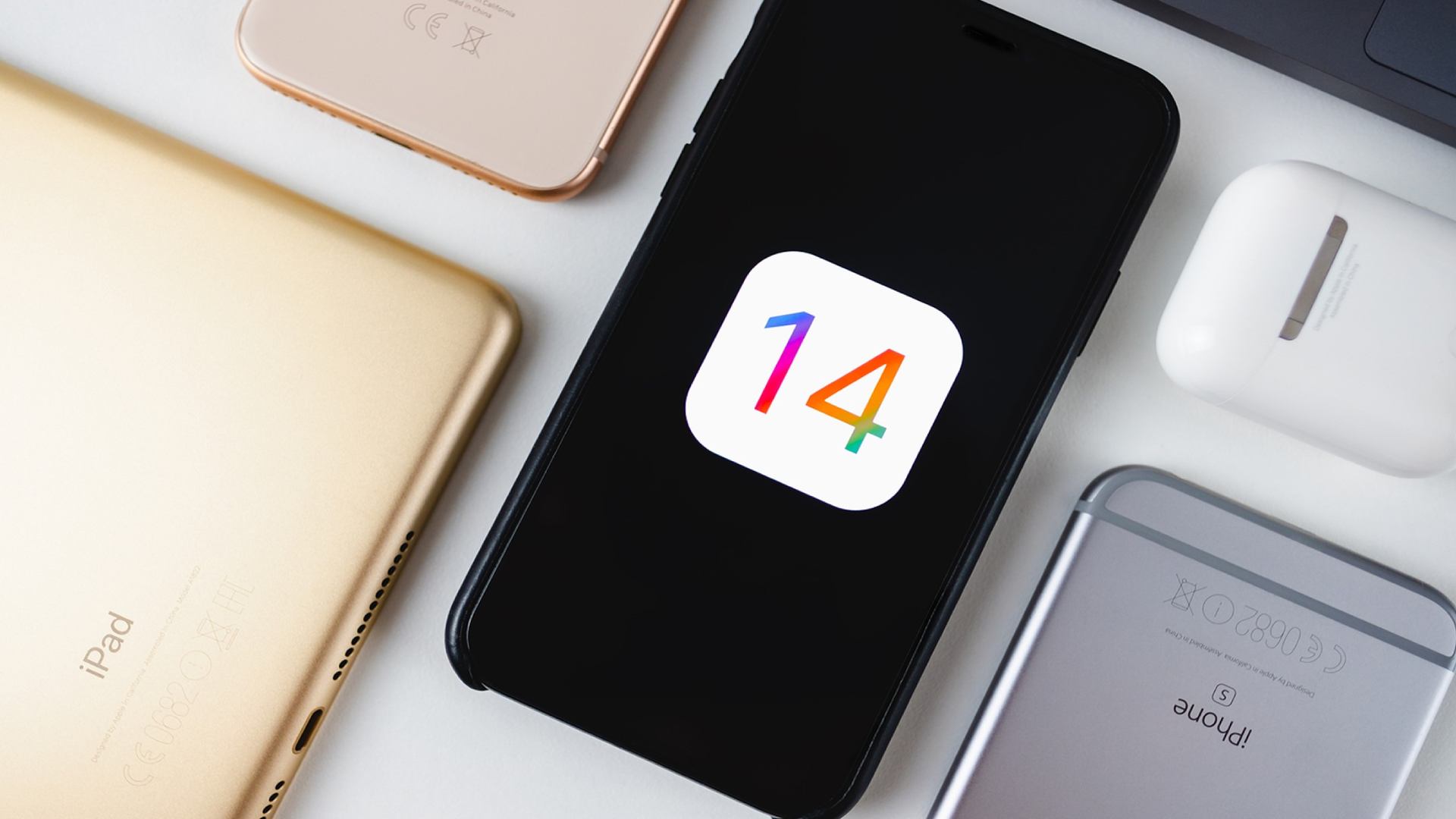
Programmatic ads are the future of online advertising campaigns, boasting better targeting, ease of use, cost-effectiveness, and data reporting. Programmatic has been around since 1994 but only really began making waves in the 2000s, finally taking off in the late 2010s thanks to exceptional speed, automation, and efficiency. By 2022, it had grown into a $155 billion (USD) industry.
Programmatic uses the latest and greatest technology to boost the performance of your campaigns in a growingly competitive marketplace.
This article covers programmatic advertising in detail, exploring its key benefits and pitfalls and how to get the most out of your campaign.
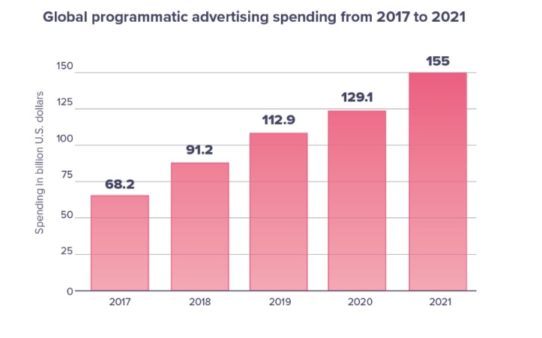
In NZ alone, total display revenue has grown by 25% in FY 2020:
https://www.iab.org.nz/news/fy-h2-q4-q3-2021-iab-new-zealand-digital-advertising-revenue-report-press-release/
The Key Benefits of Programmatic Advertising
Real-Time Bidding
Programmatic advertising is a sophisticated infrastructure of machine learning and algorithmic software to automate buying and selling online advertising space. Like other forms of online advertising, the process requires two main parties: the advertiser or marketer looking to purchase ad space and the publisher with available ad space on their website or service. With a ‘real-time bidding’ (RTB) programmatic ad, targeting, auctioning, and serving of the ad occur on a per-impression basis; each transaction happens in a split second at the time of customer interaction.
The ‘real-time bidding’ system is fast by necessity; the ad must be auctioned, sold, and displayed before the targeted customer can even load the page. The process initiates the moment the potential customer clicks on the publisher’s website. The publisher’s ‘Supply-Side Platform’ (SSP) puts the page’s ad space immediately up for auction, and automated bidding begins between competing advertisers’ ‘Demand-Side Platforms’ (DSP). The advertiser with the highest bid will win the auction, and the ad then appears on the page (hopefully resulting in a click-through and conversion).
This process also involves machine learning, as analytics help determine which bid will be the most cost-effective for the advertiser. A potential customer who meets your target audience profile based on their search history and demographics is much more likely to see an ad by your DSP. This specific targeting means you can not only reach your target audience but also reach them when they are a ‘high intent’ customer, making them more likely to complete a transaction.
While RTB is a popular programmatic bidding strategy, other bidding types are also available, such as static auctions, which act on a more traditional model of buying a bulk number of impressions on a website ahead of time and up-front. ‘Programmatic direct’ advertising involves the purchase of guaranteed impressions from publishers hand-chosen by the advertisers. This programmatic style gives the advertiser more control over their brand image while still using the automated system.
Advanced Data and Feedback
Essential to any advertising campaign is the capacity to track the progress and success of your efforts. Programmatic advertising gives advertisers access to in-depth, real-time data on the activity undertaken by the DSP. Being able to see the types of sites your business is advertising on improves transparency in the process and puts the power in the hands of advertisers to adjust as needed.
Multi-Network Support
Programmatic advertising works across an extensive range of networks and exchanges to give advertisers far greater reach across the more comprehensive advertising network. This is especially important for smaller businesses as it allows massive scaling of advertising campaigns without breaking the bank.
Targeting that Counts
Click-through-rate—or CTR—has been used for years to measure success in online advertising campaigns. However, CTR does not always translate directly to conversions for your business. Programmatic advertising addresses this by using advanced metrics such as ‘interest targeting’ to target people based on their tastes and life events, raising the chances of a successful conversion.
Speed without Sacrificing Relevancy
This technology is fast and getting faster. With programmatic advertising, you can make your campaign flexible and scalable without sacrificing the customer profiles and sophisticated targeting that most quality campaigns rely on today. Adjust to your market segment quickly without having long periods of downtime or reorganisation.
Overcoming Key Programmatic Challenges
There can be some challenges with programmatic technology, though most relate to the experience and reliability of your DSP or programmatic ad company provider:
One of the upsides of programmatic advertising, the in-depth range of analytics, data, and metrics, can also be a downside when not managed correctly. Inexperienced advertisers or under-trained ad agencies can often misinterpret the information they are getting from the system and make decisions that ultimately harm their campaigns. However, this can be easily remedied by hiring advisors who have the experience and technical understanding of which metrics to prioritise and ignore.
Transparency on Cost
While programmatic advertising itself is very transparent, some ad agencies are not. Some unscrupulous agencies will inflate costs for your advertising budget to take a larger cut in the form of ‘hidden fees.’ While this issue is declining as the industries continue to adopt and standardise the technology, it is still essential to find help from a reliable company with a history of delivering high-performance and transparent ad campaigns for their clients.
Website Image and Reliability
Quality over quantity is an important distinction to make in online advertising. Some ad providers have bought cheap impressions for their clients en-masse, displaying their advertisements on low-quality or sometimes even fraudulent sites. A trusted programmatic agency is crucial to ensure your ads appear only on trusted, high-quality sites that will protect your brand image.
Should You Consider Programmatic for Your Business?
The short answer is yes. Programmatic advertising has become one of the most pervasive advertising tools and continues to grow due to its cost-effectiveness, ease of use, and advanced technology. A combination of static auctioning and real-time bidding has made it possible to build a solid base for your advertising campaign. Programmatic ads also cover numerous digital channels, including mobile, video, social media, and traditional websites, empowering you to diversify your ad offerings and elicit broader engagement.
Also, just because you use programmatic ads does not mean you have to give up on human-guided advertising entirely. Most respected digital advertising companies recommend combining both approaches with machine learning, fine-tuning, and capitalising on the overall broad picture and directive that human analysis provides.
